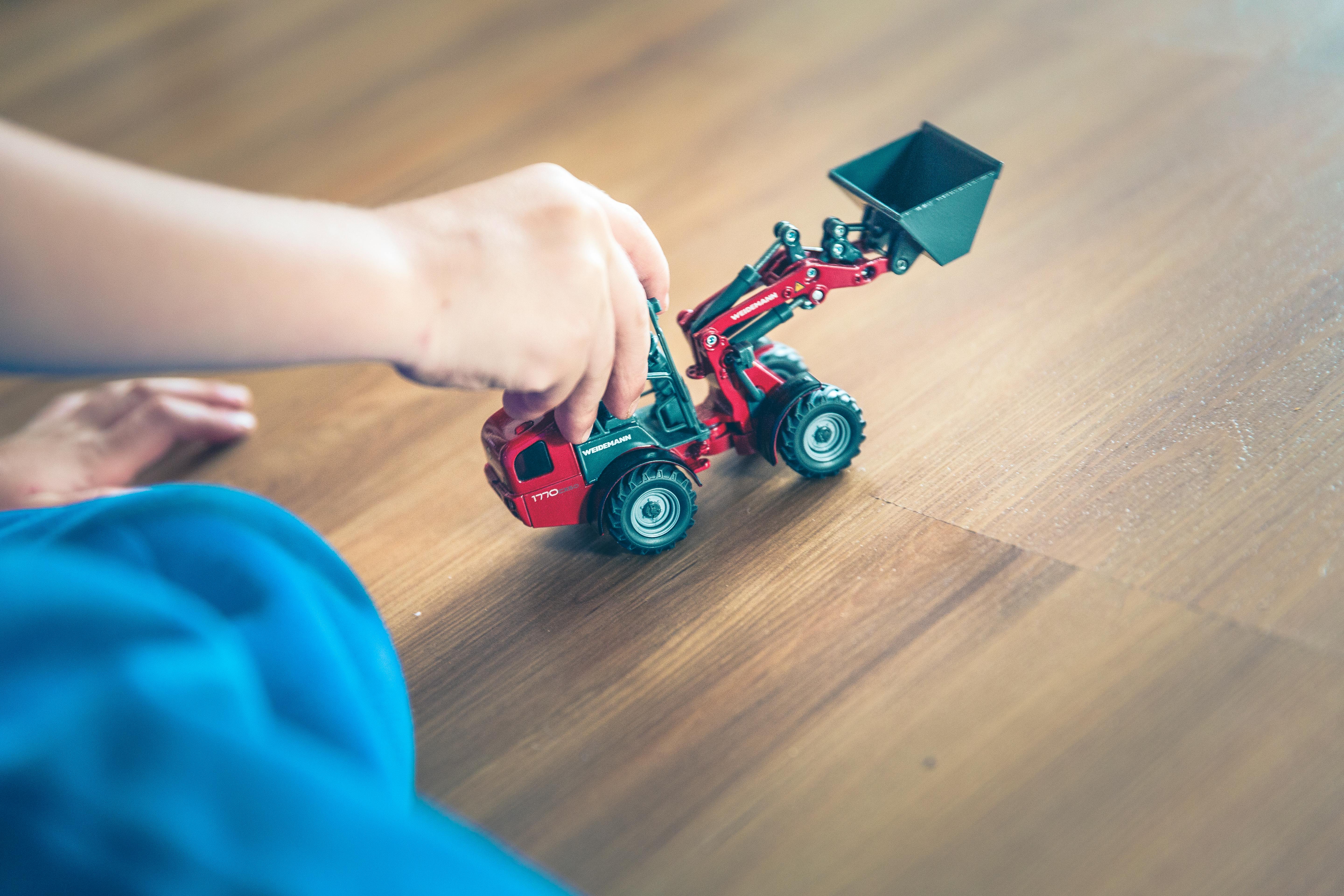Whether you’re updating your home or buying a new one, there are so many beautiful materials and products to choose from on the market today. Balancing style with functionality and durability can sometimes be stressful, especially when you’re talking price per square footage of flooring. Do you want your kitchen tiled or hardwood? What’s a more durable or sustainable option? Whether you’re talking to a contractor, a salesperson or a realtor who’s showing you a house, here are the basics on flooring material by Alys Mathews, Homes Writer of the Richmond Times Dispatch!

FLOORING IT
Published: Saturday, September 10, 2016
HARDWOOD
Scratching the surface: Few things say classic Richmond elegance better than hardwood floors that flow from room to room, especially in homes with large, open spaces. Hardwood is versatile, resilient and uncompromisingly beautiful. Let’s face it: Sometimes, there really “ain’t nothing like the real thing."
Upside: When properly maintained, hardwood floors can last hundreds of years, since blemishes like furniture scratches can be refinished away.
Downside: Hardwood is easy on the eyes, not on the wallet. Double-check your budget before you splurge.
ENGINEERED WOOD
Scratching the surface: This flooring type is a good choice for kitchens and basements because of its stability through changes in temperature and humidity. It consists of a top layer of real wood backed by layers of plywood, so it’s also a more sustainable option.
Upside: It can be easier to install than its fancy-schmancy cousin, without sacrificing looks.
Downside: May be similar to hardwood in price, but its shelf life doesn’t compare. It can last anywhere from 20 to 100 years.
BAMBOO
Scratching the surface: Bamboo flooring is becoming an increasingly popular option among homebuyers. It’s made of— you guessed it— bamboo grass, which is glued together to form solid strips or engineered planks. Extremely durable, it boasts a smooth, seamless look that’s even better than wood when it comes to surviving stampedes of dirty feet.
Upside: Because it’s made from plants that easily grow and regenerate, bamboo is one of the most environmentally friendly flooring choices available.
Downside: Can easily scratch and dent if harvested too early.
LAMINATE
Scratching the surface: Say cheese: Laminate may look like real wood, but it’s actually just a photograph of wood topped with a plastic coating. Its layers of plywood or compressed fiber backing make it a sturdy choice.
Upside: Laminate is one of the simplest types of flooring to install, which accounts for its soaring popularity. It also comes in practically endless color and grain styles, thanks to the photo-realism technology it utilizes.
Downside: Unlike real wood floors, laminate can’t be sanded or refinished, which means that scratch from that one time you bumped into the table really hard will be there, well, forever (or until you get the floor replaced).
TILE
Scratching the surface: It’s easy to create colorful custom patterns with tile, a mixture of clay and shale that’s baked and hardened in a kiln. Its many varieties include glazed, quarry, porcelain, terra cotta and stone.
Upside: Tile is extremely durable and adds to the resale value of a home. Properly maintained tile could probably survive the end of the world (or just a lifetime of post-shower puddles).
Downside: Grout collects dirt easily and can be difficult to clean. Not to mention, tile can be frigid on morning feet— you’re going to need that memory foam bath or kitchen mat.
LINOLEUM
Scratching the surface: Linoleum has come a long way since its days on your grandma’s kitchen floor. The mineral pigments added to it make it a super versatile choice that you can get in a rainbow of color patterns. Linoleum is made with renewable, biodegradable materials like linseed and cork so it’s sustainable too.
Upside: Easy to clean and scratch-resistant, this is the flooring to get if your kids really like spaghetti night.
Downside: In spite of its practicality, linoleum isn’t considered the most high-end flooring: that can affect resale value.
CORK
Scratching the surface: It’s not just for your wine bottles. Cork comes from the bark of a tree, but the bark is harvested in such a way that the tree isn’t destroyed. Cork’s warm earthy appearance features whirls, speckles and other exciting grain patterns that perfectly complement a quirky personality.
Upside: Besides being some of the most eco-conscious flooring available, cork’s sponginess makes for a more cushioned walking surface that many homeowners find refreshing. It’s also hypoallergenic and naturally resistant to mold and mildew.
Downside: This isn’t the best flooring for your heavy furniture— or your kitty’s cute little claws. As you can imagine, anything as soft as cork is bound to indent over time.

Comments (0)Subscribe to CommentsComment